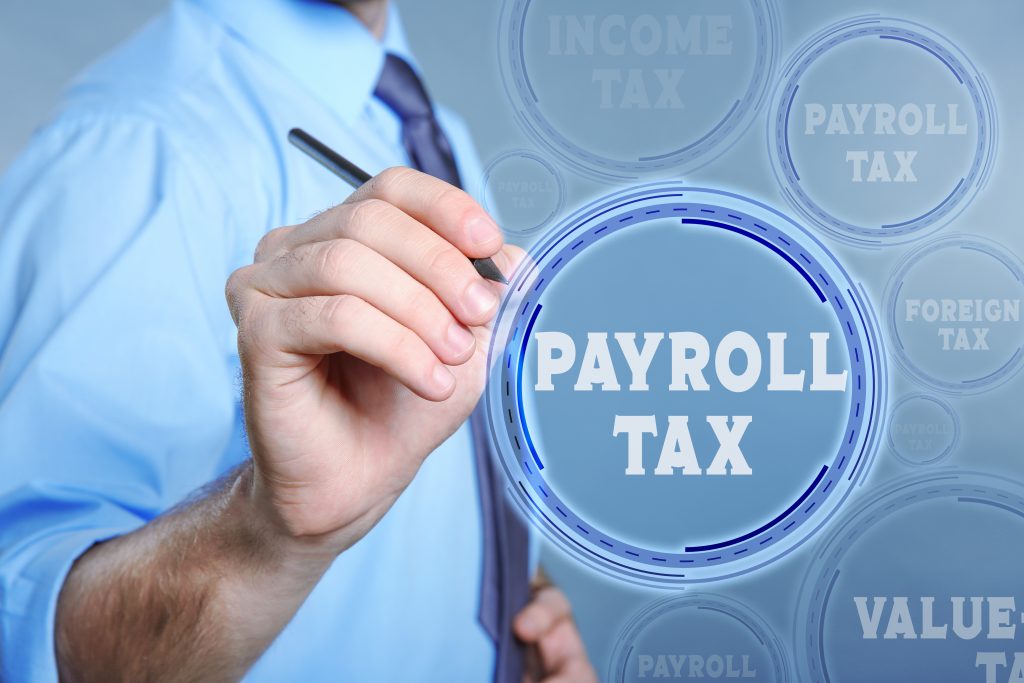Last August, long before COVID-19 ravaged the U.S. economy, the Trump Administration began touting a payroll tax cut as a stimulus. Now, with more than 30 million official unemployment claims and projections that the jobless rate could grow to Depression-era levels, the White House is claiming that a payroll tax cut is the best way to help people.
First, to state the obvious, unemployed workers need the most help right now, and suspending the payroll tax will do nothing for them. Second, ITEP crunched the numbers in March when President Trump suggested suspending the entire payroll tax that funds Social Security and Medicare, including the portion paid by employers as well as the portion paid by employees. ITEP projected that this proposal would cut revenue by more than $840 billion, send 65 percent of its benefits to the richest fifth of Americans and send 25 percent of the benefits to the top 1 percent. But given updated economic forecasts, it turns out we were too optimistic.
Since we provided that analysis, unemployment claims quickly met the grimmest predictions of that time, and the number of unemployed people is likely higher than the 30 million who have filed claims.
If layoffs are disproportionately concentrated among low-paid workers, then they are more likely than others to receive no benefit from the proposal. This means that the proposal would provide even less help to low-income households than ITEP’s analysis projected, and the benefits would be even more targeted to the well-off.
Fewer people benefiting from the proposal means that it would have a lower cost than we projected, but this comes entirely as a result of providing no help to those who most need it, the unemployed.
Even in normal times with low unemployment, ITEP’s analysis demonstrates that a payroll tax cut is not well-targeted to those who most need help. The White House began touting a payroll tax cut in summer 2019. It was never about getting help to the most vulnerable families.
Employees directly pay half of the Social Security and Medicare payroll taxes while employers pay the other half. Most analysts believe that, in the long-run, workers also bear the employer side of the tax in the form of reduced compensation. However, this does not mean that workers would immediately benefit from a cut in the employer side of the tax.
In the case of a change that is only effective for a year or so, it is unlikely that workers would be able to immediately and successfully demand that employers pay them in wages what the employers normally contribute to their Social Security and Medicare. A one-year cut in the employer-side payroll taxes, therefore, provides a windfall to corporations and other businesses. The ultimate winners would be the owners of corporations (the shareholders) and business owners, who are disproportionately high-income individuals and households.





